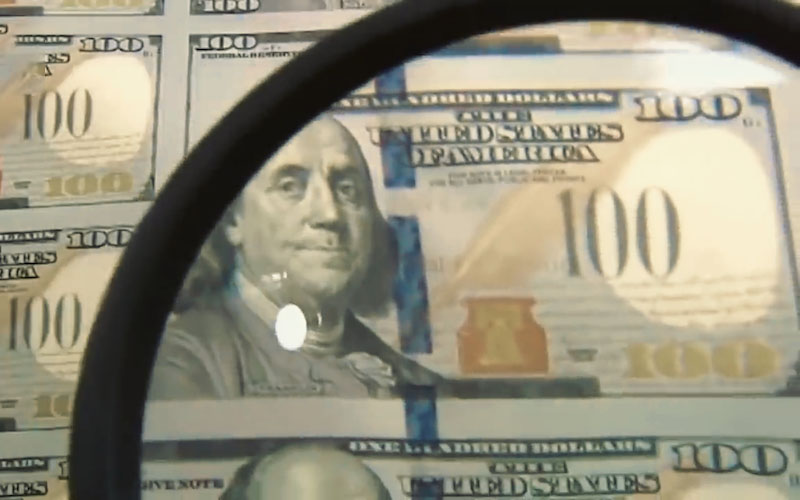The Federal Reserve's hawkish stance supported a stronger dollar, pushing the USD/CAD pair up to 1.4070 as market bets on a December rate cut cooled.
2025-11-04 13:48:02
Investors are currently focused on upcoming Canadian merchandise trade data and speeches by several Federal Reserve officials to determine the direction of future monetary policy.
Last week, the Federal Reserve announced a 25 basis point cut to the benchmark interest rate, bringing it to a range of 3.75%-4.00%, in line with market expectations. However, Fed Chairman Jerome Powell delivered a hawkish signal at the post-meeting press conference, stating that "the labor market has cooled slightly since the beginning of the year but remains resilient," and emphasizing that whether there will be another rate cut at the December meeting is "not yet certain."

These remarks quickly cooled market bets on interest rate cuts. According to the CME FedWatch tool, the probability of a December rate cut has fallen from 93% a week ago to about 70%, reflecting a subtle shift in investor confidence.
Meanwhile, continued downward pressure on crude oil prices became a major drag on the Canadian dollar. Growing market concerns about a global supply glut caused oil prices to fall from their highs.
As Canada is the largest supplier of crude oil to the United States, weak oil prices often weaken the external balance of the Canadian dollar, thereby pushing up the USD/CAD exchange rate. Analysts point out that if oil prices continue to fluctuate below $80, the Canadian dollar is expected to continue to face depreciation pressure.
The Bank of Canada (BoC) also announced a 25 basis point rate cut to 2.25% last week, marking its second consecutive rate cut and the lowest interest rate level since July 2022.
Governor Tiff Macklem stated that the interest rate cut was intended to help the Canadian economy cope with the uncertainty surrounding U.S. tariffs, while keeping inflation close to the 2% target. He added that the central bank is prepared to take further action should the economic outlook change significantly.
The market generally believes that although the interest rate cut cycle may have come to a temporary end this year, there is still a possibility of further easing in 2026.
From a technical perspective, the USD/CAD pair maintains a strong structure above 1.4050, with short-term moving averages in a bullish alignment and the 14-day Relative Strength Index (RSI) above 50, indicating continued bullish momentum. If the exchange rate breaks through the 1.4100 resistance level, it is expected to further test the 1.4150 and 1.4200 levels.
Conversely, if the price breaks below the 1.4000 support level, it may test the 1.3960 and 1.3920 areas.
Morgan Stanley's head of foreign exchange strategy said , "The current exchange rate movement fully reflects the market's repricing of interest rate differentials. As long as the Federal Reserve remains cautious and Canada continues its accommodative stance, there is still room for further upside for the USD/CAD exchange rate."

Editor's Note:
From a macroeconomic perspective, the strength of the US dollar against the Canadian dollar stems not only from the Federal Reserve's hawkish stance but also from the Canadian economy's high dependence on oil prices. In the short term, the policy divergence between the Bank of Canada and the Federal Reserve will continue to widen, giving the US dollar a relative yield advantage.
- Risk Warning and Disclaimer
- The market involves risk, and trading may not be suitable for all investors. This article is for reference only and does not constitute personal investment advice, nor does it take into account certain users’ specific investment objectives, financial situation, or other needs. Any investment decisions made based on this information are at your own risk.





















